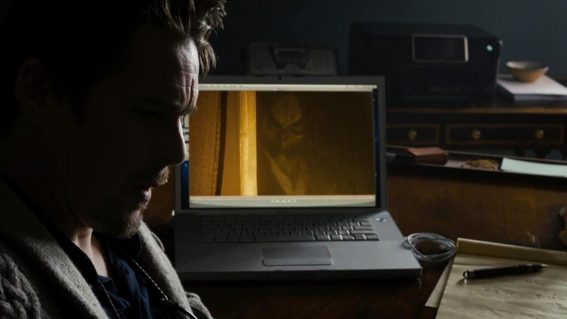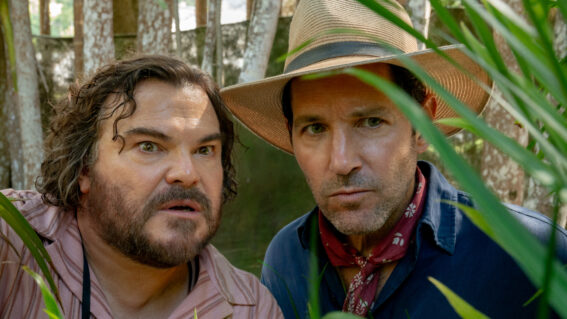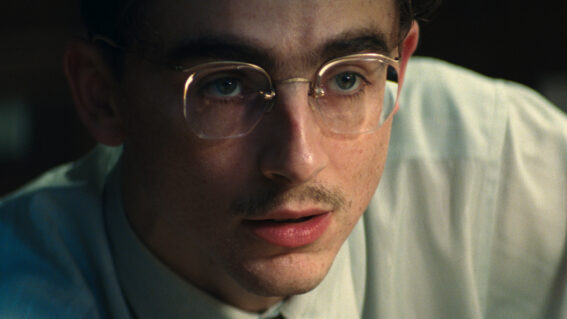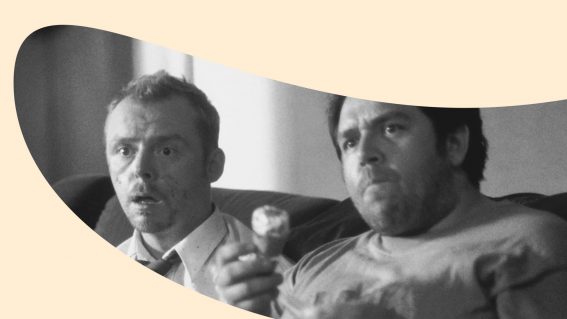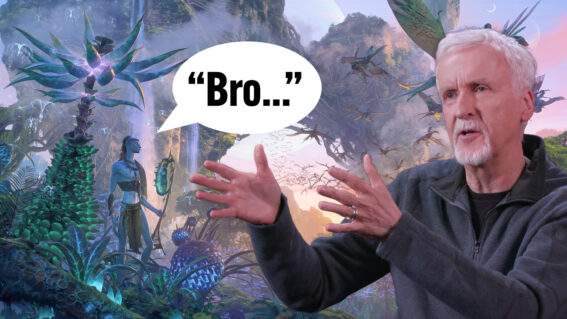Retrospective: I Scream, you Scream – why we all screamed for Wes Craven’s meta-slasher series
The killer always comes back. It’s in the rules.
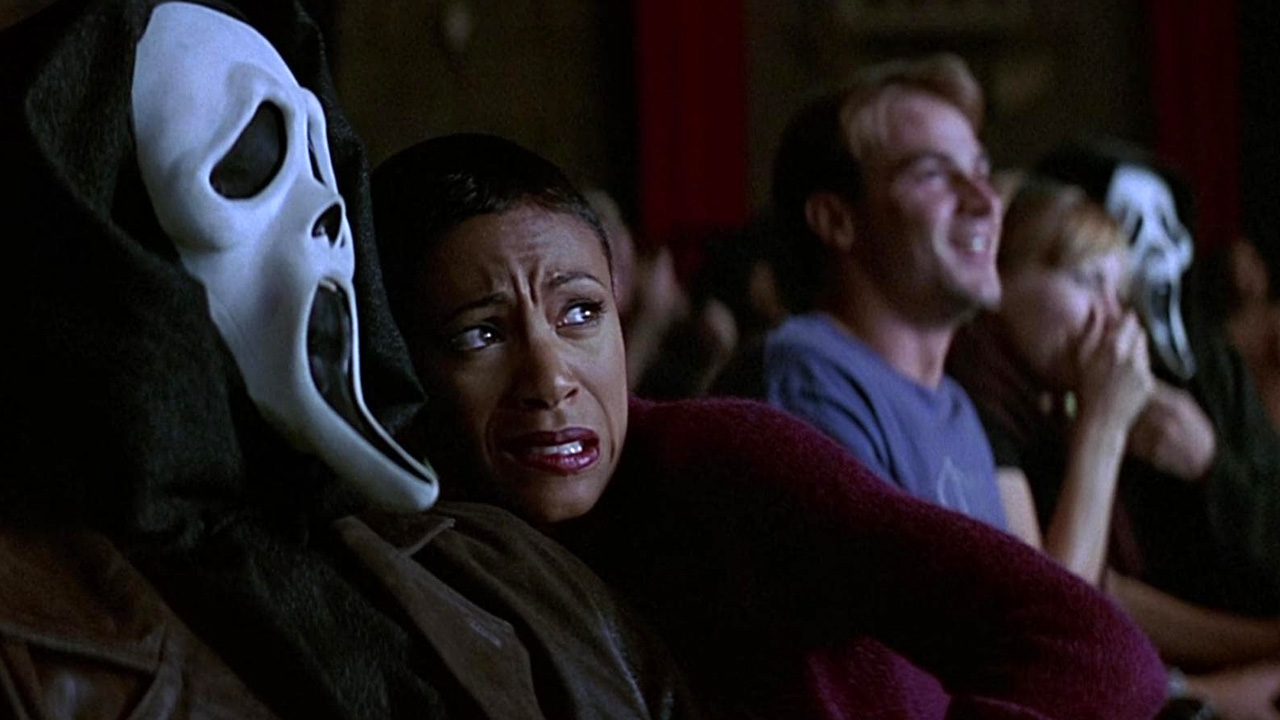
With the release of a new film that we said “Wes Craven would be proud of,” Katie Parker looks back at the horror master’s original meta-slasher – 1996’s Scream.
INCLUDES SPOILERS FOR THE OLD SCREAM AND THE NEW SCREAM.
“Everybody dies but us. We get to carry on and plan the sequel, – ’cause, let’s face it, baby, these days you gotta have a sequel.”
More than 25 years since Stu Macher, horny teen turned masked psycho killer, gleefully uttered these words mid-bloodbath, he has been proven right once again.
The Scream franchise, spawned by Wes Craven’s beloved 1996 original, has just released its fifth instalment – the first to released in more than a decade and, after Craven’s passing in 2015, the only in the series to have new blood at the helm, in the form of Ready or Not directing duo Matt Bettinelli-Olpin and Tyler Gillett. Sacrilege you say? They might just agree with you…
When Scream first debuted back in the mid-90s it was a game-changer for horror aficionados. Reviving a genre that had arguably run aground, and taking fan service to a new level, Craven, already a master of the horror genre, invoked scary movie lore, skewered clichés and indulged both cynicism and sentimentality – creating an experience that could be both satire and seriously scary. Intelligent, wry and really really rewatchable, Scream was something no one had ever seen before – instantly creating not only a cult following but a newly literate legion of horror fans.
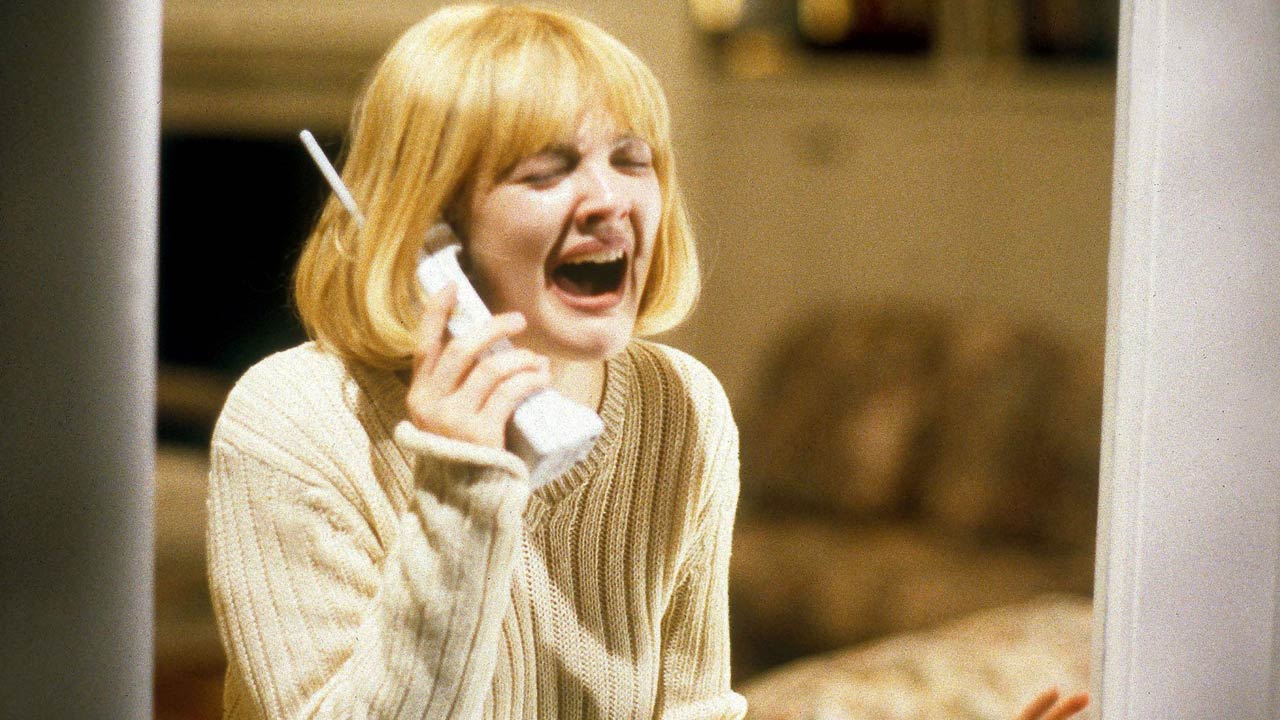
Set amidst the leafy suburban idyll of Woodsborough, California, Scream and the various sequels that followed, all worked with the same tried and true formula. Unlucky local gal Sidney Prescott (Neve Campbell) finds herself at the centre of a string of murders, perpetrated by unknown assailants dressed up in tacky Halloween ghost face masks – and, with the help of gormless local sheriff Dewey Riley (David Arquette) and ghoulish TV reporter Gale Weathers (Courteney Cox), must figure out which members of her inner circle have chosen to turn her into the star of a real-life horror film.
Underscored by a set of horror ‘rules’ by which one must abide if they want to get out alive at the end – classics ‘be a virgin’ and ‘never say “I’ll be right back” – cinema is always at the centre of these crimes. Overinfluenced by trashy slasher movies and inspired by Sidney’s own tragic family history, the killers are always revealed to be overzealous horror fans. So what does Scream look like in the golden age of overzealous fandoms?
It’s a question that Bettinelli-Olpin and Gillett are asking too. Audaciously titled just Scream (not, as I would have called it, ‘5cream’) the new movie is as meta as it gets – as always a wry meditation on horror, franchises, the people who make them and the people who watch them. Yet it is also asking a question that, arguably, could only be asked in 2022: what does it mean to extend a story beyond its logical conclusion – and why exactly is Hollywood so insanely determined to do so?
Scream is, of course, not the only film to be asking such questions. In The Matrix Resurrections, released in late December, Lana Wachowski has seemingly the same existential uncertainty about her creation – and expressing a deep ambivalence about the conditions under which it came to be at all.
Yet, while The Matrix Resurrections pins its existence on corporate greed and a modicum of blackmail (even going so far as to say that the studio threatened to make the movies with or without the Wachowski’s involvement), Scream’s critique is this time focussed less on Hollywood – and more on the toxic, entitled fandoms that demand these projects in the first place.
Like Wachowski, Bettinelli-Olpin and Gillett are not afraid to say this out loud – and in what is perhaps the thesis statement of the film, lay it out in a scene where horror loving teen (and niece to Jamie Kennedy’s OG horror loving teen Randy, to whom 2022’s movie dedicates a literal shrine) Mindy explains to her peers the dawn of the age of the ‘requel’. Not quite a sequel, not quite a reboot, the requel has the best of both worlds: legacy characters inserted into new frameworks allow for new storylines and new material to revive stale franchises – while carefully placating the increasingly rabid fandoms that obsess over them.
Once she points it out it’s easy to recognise: Ghostbusters: Afterlife, Spiderman: No Way Home, 2018’s Halloween all rely on old faces acclimatising us to the new. For Scream, the consequences of getting this wrong are literally life and death. The Stab franchise – introduced in Scream 2 as nearly identical remakes of real Scream movies that, however macabre it may be, the characters adore – has just rebooted with none of its legacy characters, a gold plated ghost face mask and, inexplicably, a flamethrower. The fans’ reactions? Murderous.
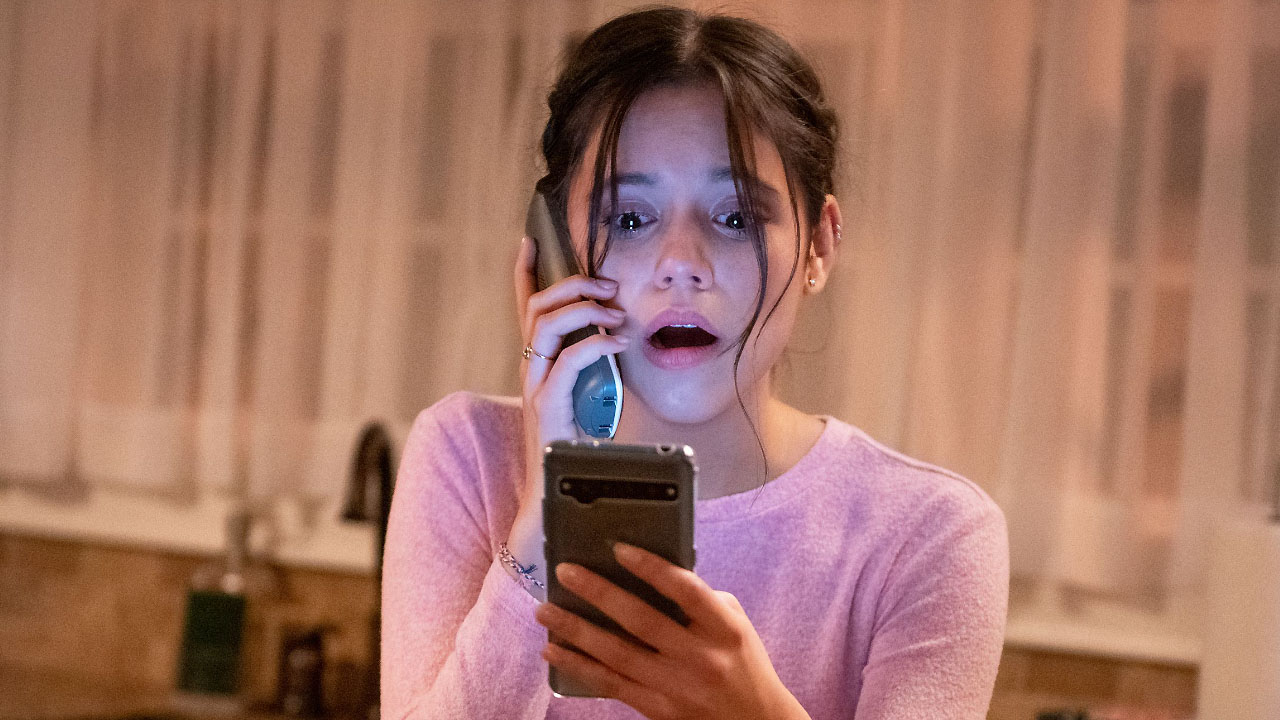
But would anyone really kill someone over a Scream movie? Perhaps not. Yet, as fandoms grow ever more dogmatic in their followings, it’s certainly not completely implausible that someone might snap at the prospect of a piece of misused IP. Gone are the days of the gang gathering earnestly around Randy the video shop guy as he explains basic genre trappings – in their place is a world where overinvesting in a franchise to the point of hysteria is a fairly acceptable lifestyle choice.
Invoking Star Wars nerds’ bafflingly hysterical reaction to The Last Jedi (Rian Johnson, in this world, had the misfortune to also direct that poorly received Stab reboot) Bettinelli-Olpin and Gillett’s Scream is not just self reflexive but teasingly self loathing – at once a loving and reverent homage to Craven, and a solid argument that it is the franchise’s time too, to be laid respectfully to rest.
But is it really over? It would certainly be hard to come up with a clever enough reason to justify another. But, as Marvel pumps out another hundred movies a year all starring the same characters – and with Scream dethroning Spider-Man in an unexpectedly spectacular box office opening – it’s difficult to imagine we won’t all be revisiting Woodsborough soon enough.
Besides, it’s in the rules: no matter how many times we see them die, no matter how many knife wounds and bullet holes and backbreaking tumbles down staircases they may sustain… the killer always comes back.









